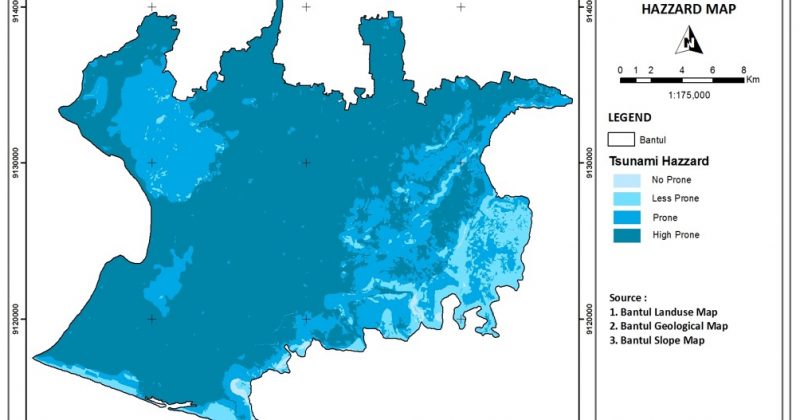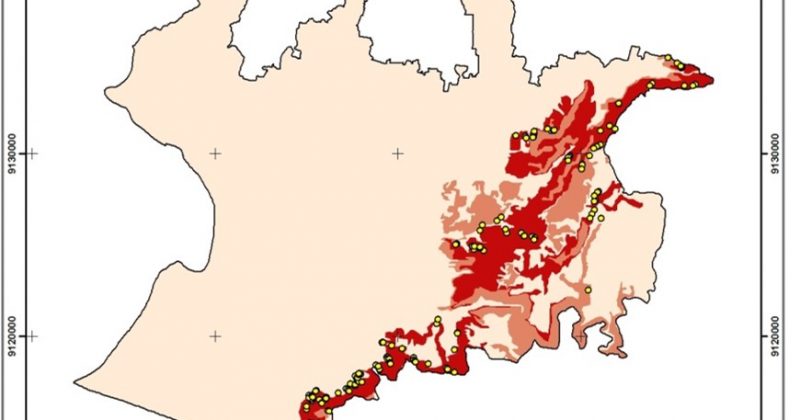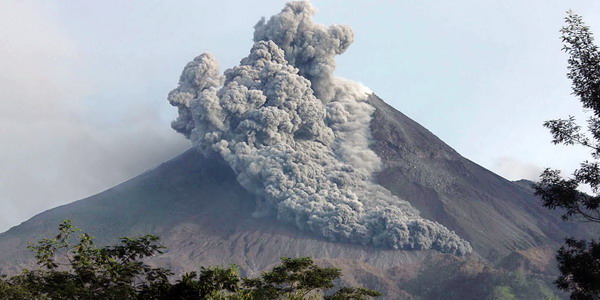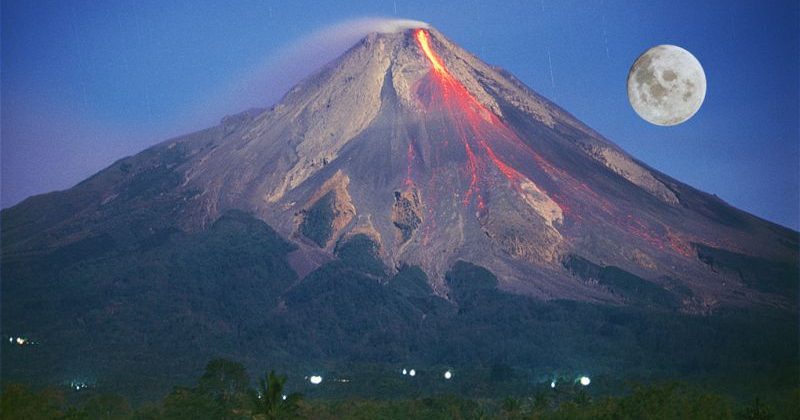
SIMPLE MODEL FOR TSUNAMI HAZARDS ESTIMATION
SIMPLE MODEL FOR TSUNAMI HAZARDS ESTIMATION - CASE STUDY : BANTUL REGENCY, YOGYAKARTA PROVINCE - A tsunami (pronounced sue-nahm-ee) is a series of huge waves that can cause great devastation and loss of life when they strike a coast.Tsunamis are caused by an underwater earthquake, a volcanic eruption, an sub-marine rockslide, or, more rarely, by an asteroid or meteoroid crashing into in the water from space. Most tsunamis are caused by underwater earthquakes, but not all underwater earthquakes cause tsunamis - an earthquake has to be over about magnitude 6.75 on the Richter scale for it to cause a tsunami. About 90 percent of all tsunamis occur in the Pacific Ocean
The word tsunami comes from the Japanese word meaning "harbor wave." Tsunamis are sometimes incorrectly called "tidal waves" -- tsunamis are not caused by the tides (tides are caused by the gravitational force of the moon on the sea). Regular waves are caused by the wind. A tsunami starts when a huge...


